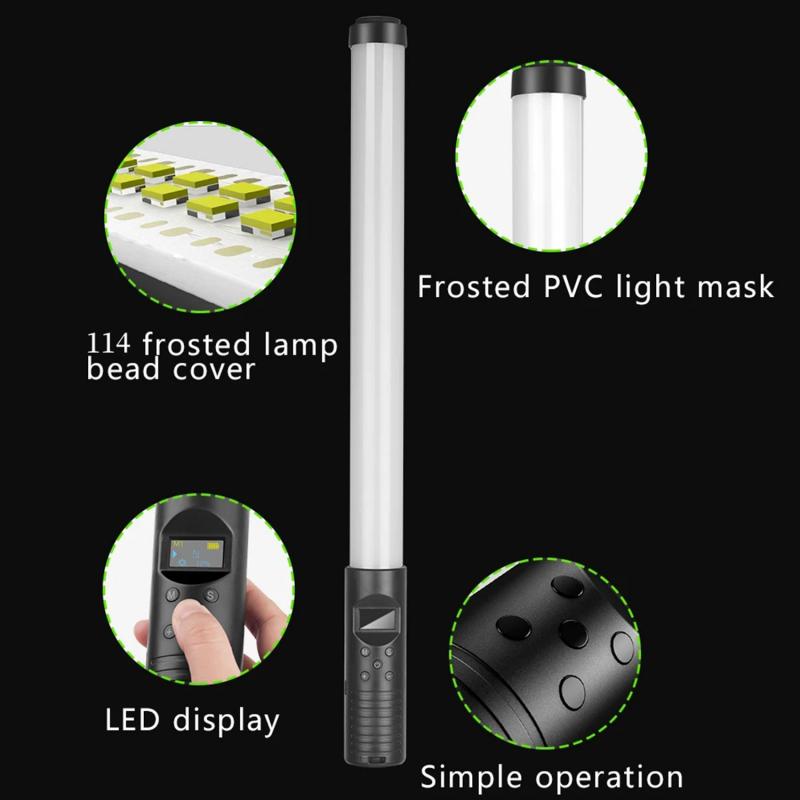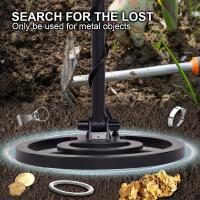Why Are Light Microscopes Useful In Biology ?
Light microscopes are useful in biology because they allow scientists to observe living cells and tissues in real-time. These microscopes use visible light to magnify specimens, making it possible to study their structure and behavior. Light microscopes are also relatively inexpensive and easy to use, making them accessible to a wide range of researchers.
In addition, light microscopes can be used to observe a variety of biological specimens, from bacteria and yeast to plant and animal cells. They can also be used to study the structure of tissues and organs, as well as the behavior of individual cells within those tissues.
Overall, light microscopes are an essential tool for biologists, allowing them to study the complex structures and processes that make up living organisms.
1、 Magnification

Light microscopes are useful in biology because they allow scientists to observe and study living organisms and cells at a magnified level. Magnification is the primary reason why light microscopes are useful in biology. With the help of lenses, light microscopes can magnify objects up to 1000 times their original size, allowing scientists to observe the intricate details of cells and organisms that would otherwise be invisible to the naked eye.
In recent years, advancements in technology have made light microscopes even more useful in biology. For example, the development of fluorescence microscopy has allowed scientists to observe specific molecules and structures within cells, providing a deeper understanding of cellular processes. Additionally, the use of digital imaging and computer software has made it easier to analyze and interpret microscope images, allowing for more accurate and detailed observations.
Overall, light microscopes are an essential tool in biology, allowing scientists to study the structure and function of living organisms and cells. With continued advancements in technology, light microscopes will continue to play a crucial role in advancing our understanding of the natural world.
2、 Resolution

Resolution is one of the key reasons why light microscopes are useful in biology. Resolution refers to the ability of a microscope to distinguish two closely spaced objects as separate entities. Light microscopes have a resolution of about 200 nanometers, which is sufficient to observe most biological structures such as cells, organelles, and tissues. This makes light microscopes an essential tool for studying the structure and function of living organisms.
In addition to resolution, light microscopes are also useful in biology because they are relatively inexpensive, easy to use, and can be used to observe living specimens in real-time. This allows researchers to study biological processes as they occur, providing valuable insights into the mechanisms that underlie life.
Moreover, recent advancements in light microscopy technology have further expanded the capabilities of light microscopes in biology. For example, confocal microscopy and super-resolution microscopy techniques have greatly improved the resolution and imaging capabilities of light microscopes, allowing researchers to observe biological structures at the molecular level.
Overall, light microscopes are an indispensable tool in biology due to their ability to provide high-resolution images of biological structures, their ease of use, and their ability to observe living specimens in real-time. With the continued development of new microscopy techniques, light microscopes will continue to play a critical role in advancing our understanding of the biological world.
3、 Versatility

Light microscopes are useful in biology due to their versatility. They are capable of magnifying specimens up to 1000 times, allowing scientists to observe and study the structure and function of cells, tissues, and organisms. Light microscopes are also relatively inexpensive and easy to use, making them accessible to a wide range of researchers.
One of the latest points of view on the usefulness of light microscopes in biology is their ability to be combined with other technologies, such as fluorescence microscopy and confocal microscopy. Fluorescence microscopy allows scientists to label specific molecules or structures within a specimen with fluorescent dyes, making them easier to observe and study. Confocal microscopy uses a laser to scan a specimen in a series of thin slices, creating a 3D image that can be analyzed in detail.
Another advantage of light microscopes is their ability to observe living specimens in real-time. This is particularly useful in studying biological processes such as cell division, movement, and communication. Light microscopes can also be used to observe the effects of drugs and other treatments on living cells and organisms.
In conclusion, the versatility of light microscopes makes them an essential tool in biology. They allow scientists to observe and study the structure and function of cells, tissues, and organisms, and can be combined with other technologies to provide even more detailed information. Their ability to observe living specimens in real-time is particularly useful in studying biological processes and the effects of treatments.
4、 Cost-effectiveness

Light microscopes are useful in biology for several reasons, one of which is cost-effectiveness. Compared to other types of microscopes, such as electron microscopes, light microscopes are relatively inexpensive to purchase and maintain. This makes them accessible to a wider range of researchers and institutions, allowing for more widespread use in biological research.
In addition to being cost-effective, light microscopes also offer several advantages in terms of versatility and ease of use. They can be used to observe a wide range of biological specimens, from cells and tissues to whole organisms, and can be easily adjusted to accommodate different magnifications and imaging techniques. This makes them a valuable tool for a variety of applications, from basic research to medical diagnostics.
Recent advances in technology have also improved the capabilities of light microscopes, allowing for higher resolution imaging and more detailed analysis of biological specimens. For example, confocal microscopy and super-resolution microscopy techniques have enabled researchers to visualize structures and processes at the molecular level, providing new insights into the workings of living systems.
Overall, the cost-effectiveness and versatility of light microscopes make them an essential tool in biological research, and ongoing technological advancements are likely to further enhance their capabilities in the future.





































